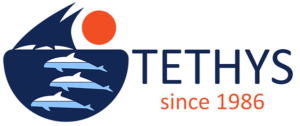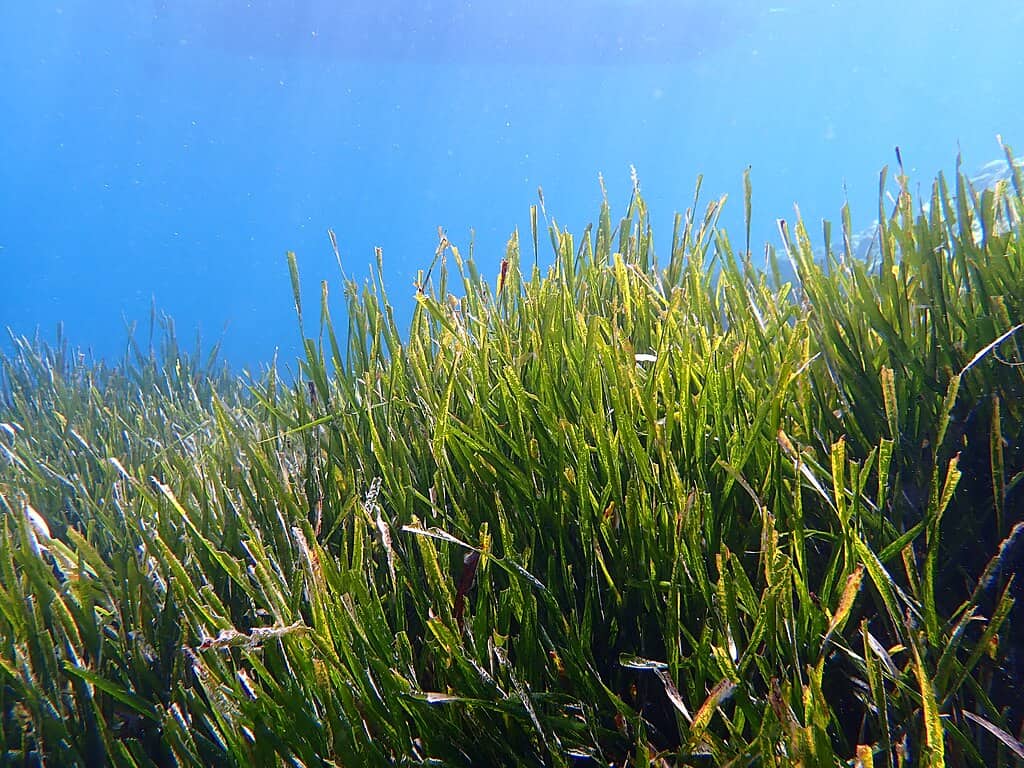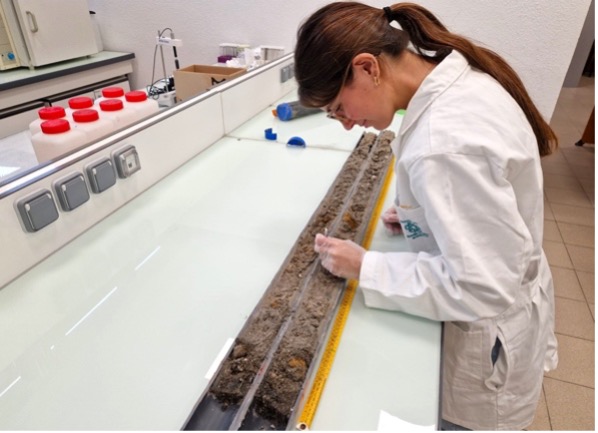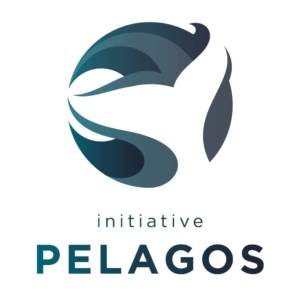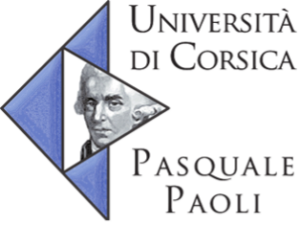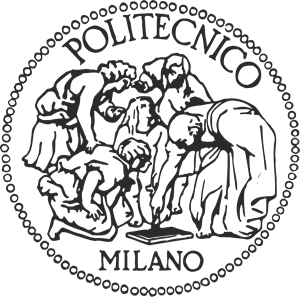Bluescape
The capacity of marine ecosystems to sequester carbon, known as ‘blue carbon”, is receiving increasing interest in light of the growing need to reduce atmospheric CO₂ concentrations. The Bluescape project, funded by the Pelagos Initiative, aims to provide a comprehensive assessment of blue carbon stocks and fluxes within the Pelagos Sanctuary. This involves estimating carbon storage in various habitats in the area, while also considering the contribution of the pelagic domain and the role of marine mammals in the carbon cycle.
Whales and dolphins’ activities influence the functioning and productivity of marine ecosystems, thereby impacting blue carbon dynamics. Through their feeding in the water column and defecation at the surface, cetaceans contribute to nutrient cycling, particularly supporting phytoplankton growth, which absorbs CO₂ and releases oxygen into the atmosphere.
A further key element is the endemic seagrass Posidonia oceanica, whose thick belowground structure, known as ‘matte,’ makes it one of the most important carbon sinks in the Mediterranean Sea.
Tethys is a partner in the Bluescape project, and will contribute its over 30-year dataset on cetacean abundance for time-series analyses, and provide fecal matter samples from free-ranging cetaceans; the Civil and Environmental Engineering Department of the Polytechnic University of Milan (Polimi-Dica) coordinates the project and leads the mapping and modeling of ecosystem services over time. Another partner is the University of Corsica; its research unit, Stella Mare, will be involved in the analysis of the seagrass Posidonia and cetacean fecal matter samples. The latter will also be collected from stranded animals by Credima, the Italian National Reference Center for Diagnostic Investigations on Stranded Marine Mammals. Bluescape began in March 2024 and will be completed in February 2027.
By integrating these data with environmental surveys conducted both in situ and via satellite, the project will map and model the blue carbon stocks, fluxes, and drivers within the Sanctuary. This comprehensive understanding will highlight the potential of the Pelagos Sanctuary for blue carbon-based climate change adaptation and further strengthen the case for its protection.
